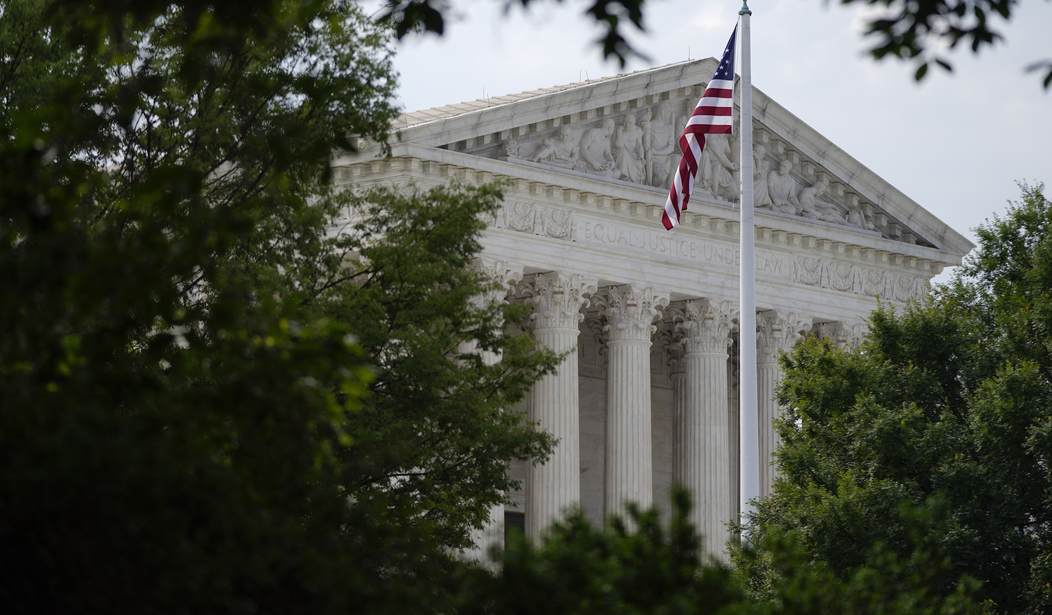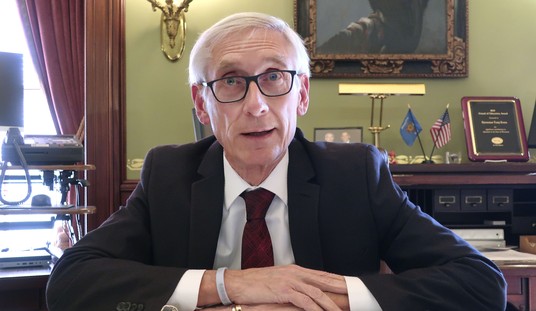In 1980, President Reagan in his final debate with President Carter, challenged Americans when they vote, ask themselves: “Are you better off than you were four years ago?” That is, are prices, interest rates or unemployment rates lower? Reagan further asked if America is as respected, secure, and strong as it was four years ago? Mr. Reagan encouraged voters to vote for Mr. Carter if their answer was yes to most or all his questions, but if the answer was no, he encouraged them to vote for him, for change.
We assert voters will use the following six points to determine whether they are better off today than they were in November 2020 and will vote accordingly.
GDP Growth
Since the end of WWII, the U.S. economy has grown about 3.2% annually. The COVID-19 recession of 2020 was one of the worst in U.S. history. Its saving grace is that it was short with real GDP contracting 3.5% for the year. The U.S. economy quickly rebounded in 2021 with real U.S. GDP growing at 5.9% for the year. However, difficulties with inflation in the second half of 2021, which peaked in 2022, saw real U.S. GDP growth slow to just 1.9% in 2022 and 2.5% in 2023. U.S. GDP growth is far below our post-WWII average and is negatively impacting job growth, tax revenue, and real wages.
Growth and the National Debt
When recently asked on 60 Minutes: “How do you assess the national debt?” Federal Reserve Chairman Jerome Powell offered “It isn’t the Fed’s job to instruct Congress on managing fiscal policy.” When pressed, Powell gave an uncharacteristically bold response: “In the long run, the U.S. is on an unsustainable fiscal path [because] the debt is growing faster than the economy,” Powell noted. “We are borrowing from future generations and have gotten off the path of fiscal sustainability.”
In 1981, the $988 billion national debt was 31.1% of the $3.21 trillion U.S. GDP. By October 2023, this debt grew to $31.17 trillion and was an alarming 114% of America’s $27.36 trillion GDP. U.S. GDP has increased by 7.52 times since 1981, but the debt has increased 30.32 times over the same period!
Recommended
If current spending patterns continue, the debt will reach almost $50 trillion by 2034, with social security and the highway fund unable to meet their financial obligations according to the U.S. Office of Management and Budget. The news is worse by 2054, with some estimating a U.S. national debt of $144 trillion, or about $1 million per household.
Concerns Beyond Our Border
The Institute for International Finance (IIF) recently reported total government debt for 2023 rose $15 trillion to $313 trillion, or a debt-to-GDP ratio of 330% (our calculation puts the ratio at 298%). According to Bloomberg, China, the second-largest economy in the world has a debt-to-GDP ratio of 286%, while the ratio for the world’s third-largest economy, Japan is 258%. The IIF report for 2023 notes Malaysia, India, Argentina, China, Russia, and South Africa will find it even more difficult to finance their deficits. If the global economy continues to slow, it will make it more difficult for these countries to purchase U. S. debt instruments.
As of January 2023, foreign countries owned $7.4 trillion or 24% of the U.S. national debt, with China holding $859 billion and Japan holding $1.11 trillion. The peak of foreign ownership of the U.S. national debt came in 2015 when foreign governments owned 34% of a much smaller U.S. national debt. We believe the declining percent of foreign ownership of U.S. national debt speaks to a) a growing concern over the size and quality of U.S. government debt and b) growing fiscal irresponsibility in other countries.
The Consumer
U.S. household debt ended 2023 at a record $17.5 trillion (home mortgages: $12.25 trillion; automobile loans: $1.61 trillion; credit cards: $1.13 trillion; student loans: over $1 trillion). Delinquency rates on auto and credit card loans spiked, while Americans owe almost $700 billion in back federal income taxes. With such a high debt load, economists remain concerned about retail sales (January retail sales declined by 0.8%, far worse than the December 0.4% gain). Certainly, consumers faced a challenging start to the new year. Core U.S. inflation was running at an annualized rate of 4.8% in January with home mortgage interest rates rising above 7% and credit cards near a record high of 23%.
U.S. Energy Policy
The United States is the largest economy in the world, the second-largest manufacturing economy, the leader in artificial intelligence and the home of the “Magnificent Seven” companies (Apple, Microsoft, Google/Alphabet, Amazon.com, Nvidia, Meta Platforms, and Tesla). Hydraulic fracturing has supplied the energy for the tech revolution, making America the world’s largest producer of clean oil and natural gas (along with clean coal). According to the U.S. Department of Energy, U.S. oil and natural gas are used as the key feedstock for producing more than 6,000 products, from fertilizer and heart catheters to semiconductors, jet fuel, and pharmaceuticals. Currently, petroleum and natural gas provide 69% of the energy that fuels our commercial and residential sectors.
Sound U.S. regulatory, fiscal, and monetary policy must help drive U.S. GDP growth and energy production, not curtail it.
U.S. Border Policy
We have a border crisis, with border enforcement encounters of illegal crossings growing from 526,901 in 2017, to 683,178 in 2018, 1,148,024 in 2019, and 646,822 in 2020. Biden’s lax border policies saw illegal crossings TRIPLE to 1,956,519 in 2021, 2,766,582 in 2022, and 3,201,144 in 2023. Four months into fiscal year 2024, 1,231,213 individuals have illegally crossed into the U.S.
6. U.S. Tax Policy
Recently, the National Taxpayers Union Foundation released its latest annual policy report, Who Pays Income Taxes: Tax Year 2021, based on IRS data. In it, Damian Brady makes a case that rich people already pay more than their fair share of taxes, explaining that the top 50% of all U.S. income earners made above $46,637, earned 89% of the income and paid 97.7% of the taxes. In contrast, the bottom 50% earned $46,637 or less, or 10.4% of personal adjusted gross income, and paid only 2.34% of the taxes.
In 1980, the top 1% of income earners paid 19.3% of income taxes, with the highest marginal tax rate being 70%. In 2021, the top marginal federal income tax rate was 37% with the top 1% of income earners paying 45.78% of personal income taxes.
Lowering the top marginal tax rate from 70% in 1980 to 37% in 2017 likely catalyzed far greater investment, increased risk-taking and entrepreneurship, and encouraged the productivity and resiliency that allowed the US economy to survive COVID and much of the overspending of the last 6 years.
Spending and the debt, inflation, energy, immigration, and tax policies all play significant roles in the lives of the average American consumer/voter. The candidate who addresses these concerns will hold a clear advantage in November.
Dr. Timothy G. Nash is director of the McNair Center at Northwood University. Mr. Jonathan Williams is the chief economist for the American Legislative Exchange Council (ALEC).
























Join the conversation as a VIP Member